Persuasion, according to Aristotle, is made up of three components: ethos (credibility), logos (logic or evidence), and pathos (emotion). Carmine Gallo, Harvard professor and author, affirmed the validity of this equation in a Knowledge@Wharton interview. “What’s fascinating, and the competitive advantage that I talk about, is that the ancient brain, the primitive brain, has not changed. The way we like to communicate, the way we process information through the vehicle of story, through emotions, through empathy—those things have not changed since the beginning of time. That’s why I call ‘mastering the ancient art of persuasion’ a competitive skill,” he said.
While the art of persuasion has not changed significantly over time, there’s new research that sheds light on the science. Jonah Berger, a Wharton marketing professor and author of Magic Words, studies how language drives outcomes and how various communications tactics can lead to increased sales, satisfaction, and/or engagement.
We’ve rounded up some of his findings below:
Default to the present tense, when possible. Using active voice makes you sound more confident and increases your influence. “Let's talk about past tense for a second. If someone said, ‘That book had a great plot,’ ‘France was fun,’ or ‘This product won an award,’ it suggests that this particular person liked the book when they read it, or they enjoyed France when they visited,” Berger said on a Knowledge@Wharton podcast. “If you're willing to say not just that France was fun, but it is fun; not just that this book had a great plot, but it has a great plot…it suggests you're more confident or certain about what you're saying. As a result, people are more likely to follow up on your opinion and be persuaded.”
Don’t hedge (And, if you must, own it). You already know to avoid filler language (umms and ahhs), but Berger also recommends incorporating “certainty” language. In the Wall Street Journal, Berger wrote, “When people speak with certainty, we’re more likely to think they’re right.” However, most of us default to “hedging” language, such as “that might work” or “this could be a strong plan,” which makes others less likely to take our advice. If you must hedge, Berger’s research shows that adding a personal pronoun to the statement increases how confident you sound. Try: “I believe that this plan could work” or “Seems like a great idea to me.” This connects you more closely with the idea, which makes your statement more convincing.
Deploy concrete language intentionally. Berger’s findings show that concrete language is most effective in making someone feel heard and/or resolving an issue, keeping a reader engaged in a longer-form content piece, or improving audience comprehension. “A service representative answering a request to find a pair of shoes, for example, could say that they would go look for them, those shoes, or those lime green Nikes. Those lime green Nikes is more concrete. The words used are more specific, tangible, and real. These variations might seem like simple turns of phrase, but they had an important impact on how customers felt about the interaction,” Berger said.
Make it about identity. On the surface, asking someone to vote versus asking someone to be a voter doesn’t seem all that different. And yet, a 2011 research study out of Stanford University found a 15 percent increase in voting among adults asked to be “voters” rather than to “vote” in an election. In an interview with Entrepreneur, Berger describes why appealing to identity is so persuasive. “Category labels often imply a degree of permanence and stability,” he said. “Rather than noting what someone did or does, feels or felt, category labels hint at a deeper essence: Who someone is.”
Choose your words wisely and take note of how they’re received. Berger’s research shows that some “magic words” create impact where others do not. In the Wall Street Journal, he wrote, “Sometimes it’s just one word that makes a difference. Research that my colleague and I published in 2017, for example, found that saying you “recommend” rather than ‘like’ something makes people 32 percent more likely to take your suggestion. Other words operate more like gateways: A study published in the Journal of Personality and Social Psychology found that adding the word ‘because’ to a request, followed by the reason for it, increased compliance by 50 percent.”
Finally, don’t forget to notice how your language impacts others and adjust accordingly. That’s what ultimately drives effectiveness.

